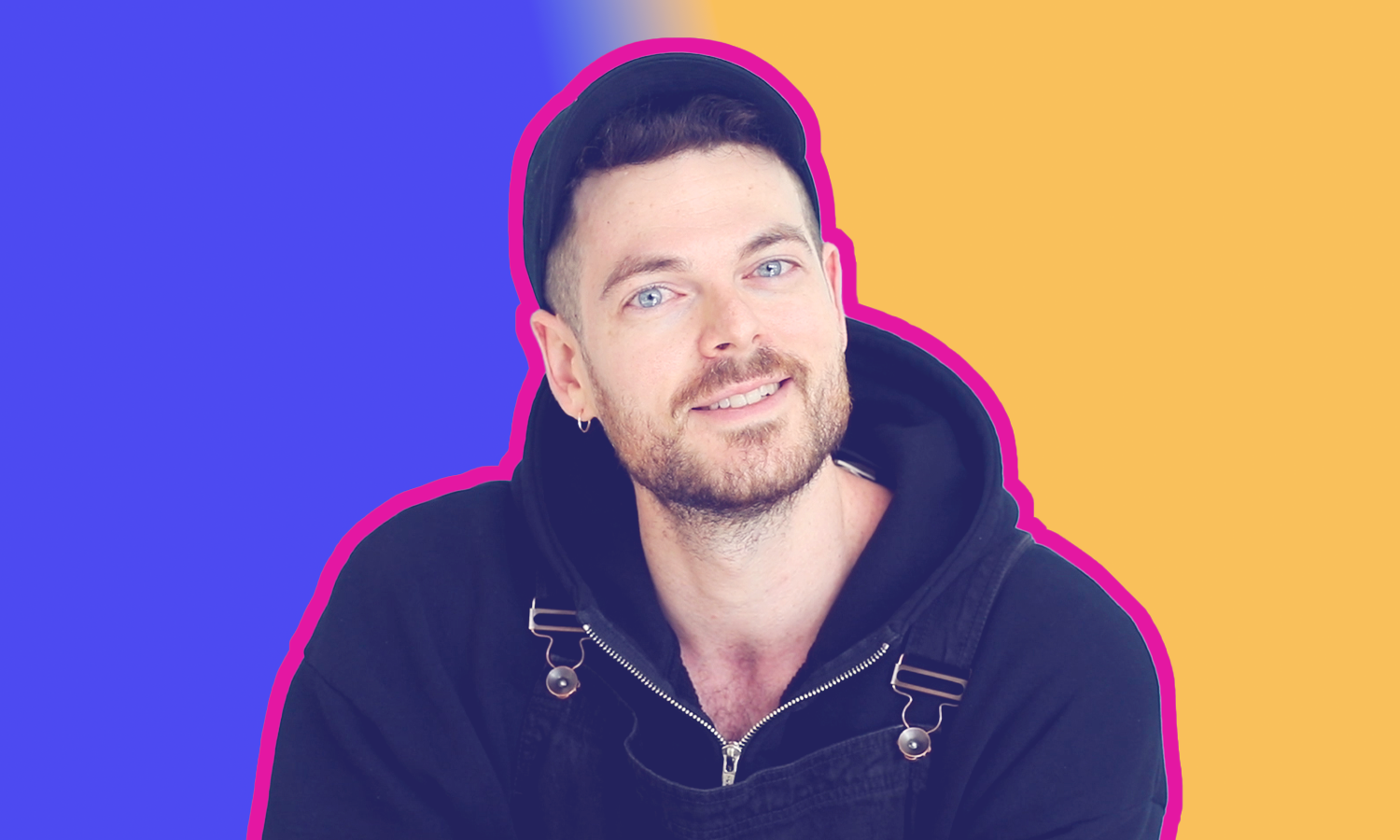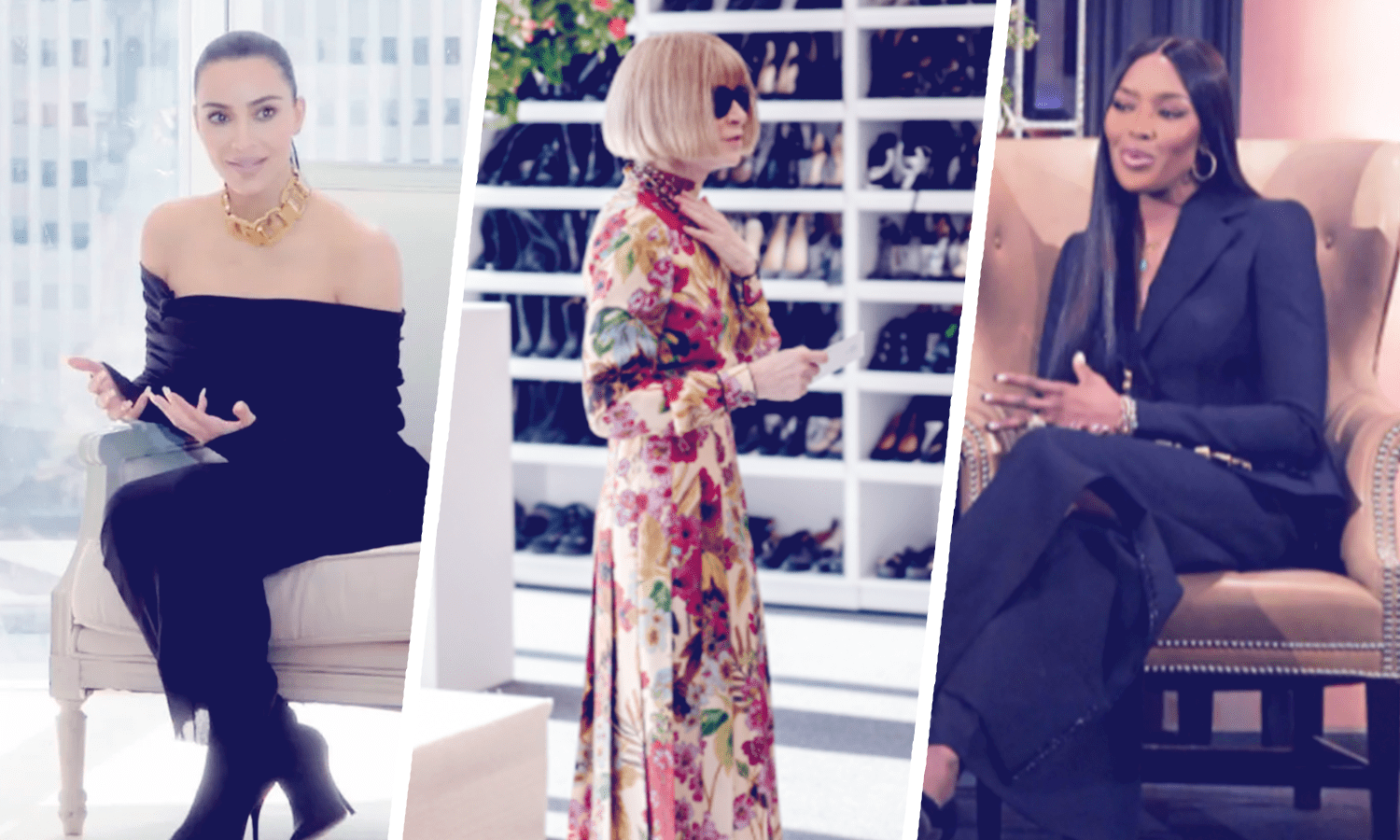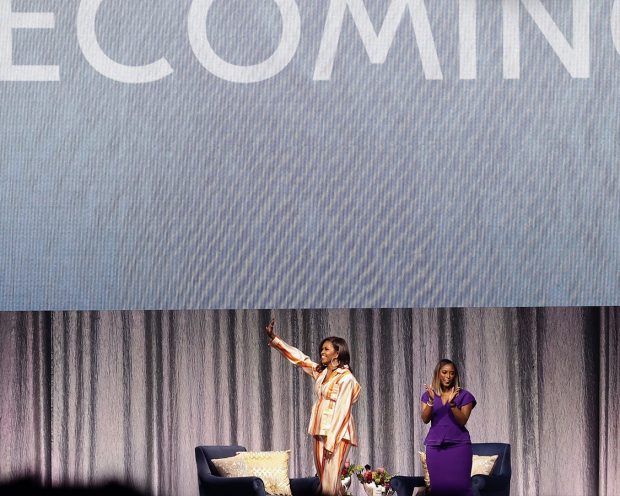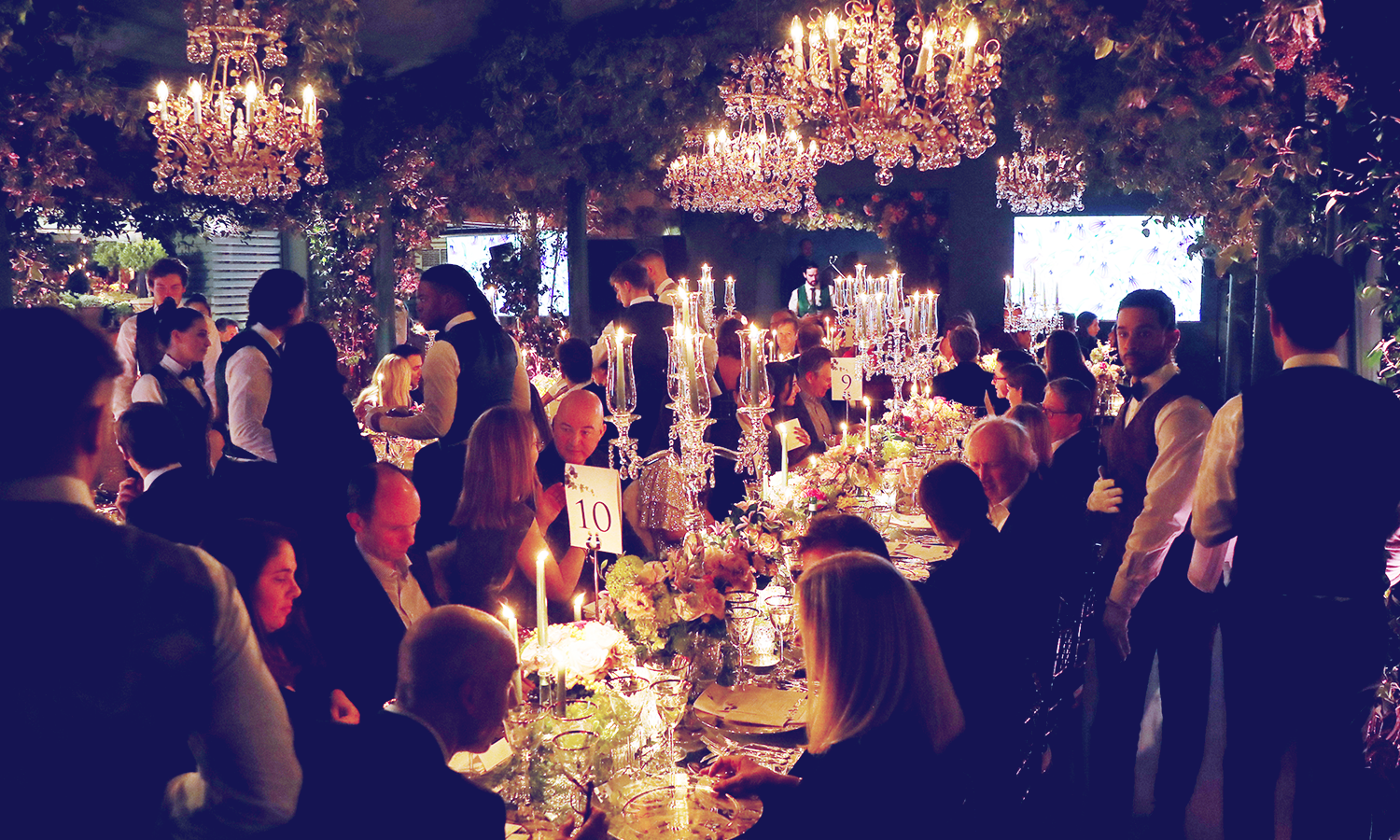Sponsored by me to sell me: Authentic brand alignment with artist and author Adam J. Kurtz

For multi-hyphenate artist Adam J. Kurtz, brand partnerships are part of what it means to be a modern working artist. And he approaches working with brands with the same joy and dedication he brings to making his own books, stickers, pins, and many other creations packed with candor and whimsy. (His best-known keychain hangs off the key rings of millennials everywhere.) Kurtz runs his own online shop, Adam JK; is the best-selling author of four books that have been translated into many languages (the newest of which, You Are Here (For Now), was released in October); and is a passionate public speaker. He has created tote bags for Microsoft, given the keynote speech at Adobe’s digital conference, and imagined artwork with the Mailchimp team to march in the Atlanta Pride parade. Kurtz—who moved to Honolulu from Brooklyn during the pandemic—talked to us about how to leverage your skills and embrace your personality to authentically align with brands. And he shared his best advice for experiential event planners (it involves good lighting). Jillian Anthony (JA): Tell me about the different partnerships you’ve done with brands and how those came about. Adam J. Kurtz (AJK): For commercial artists working today on the...


